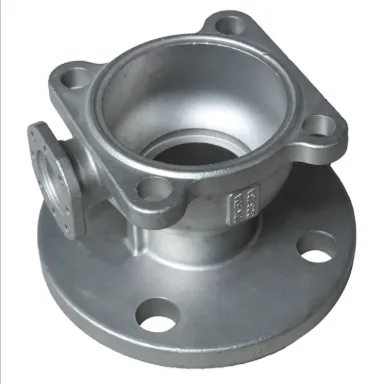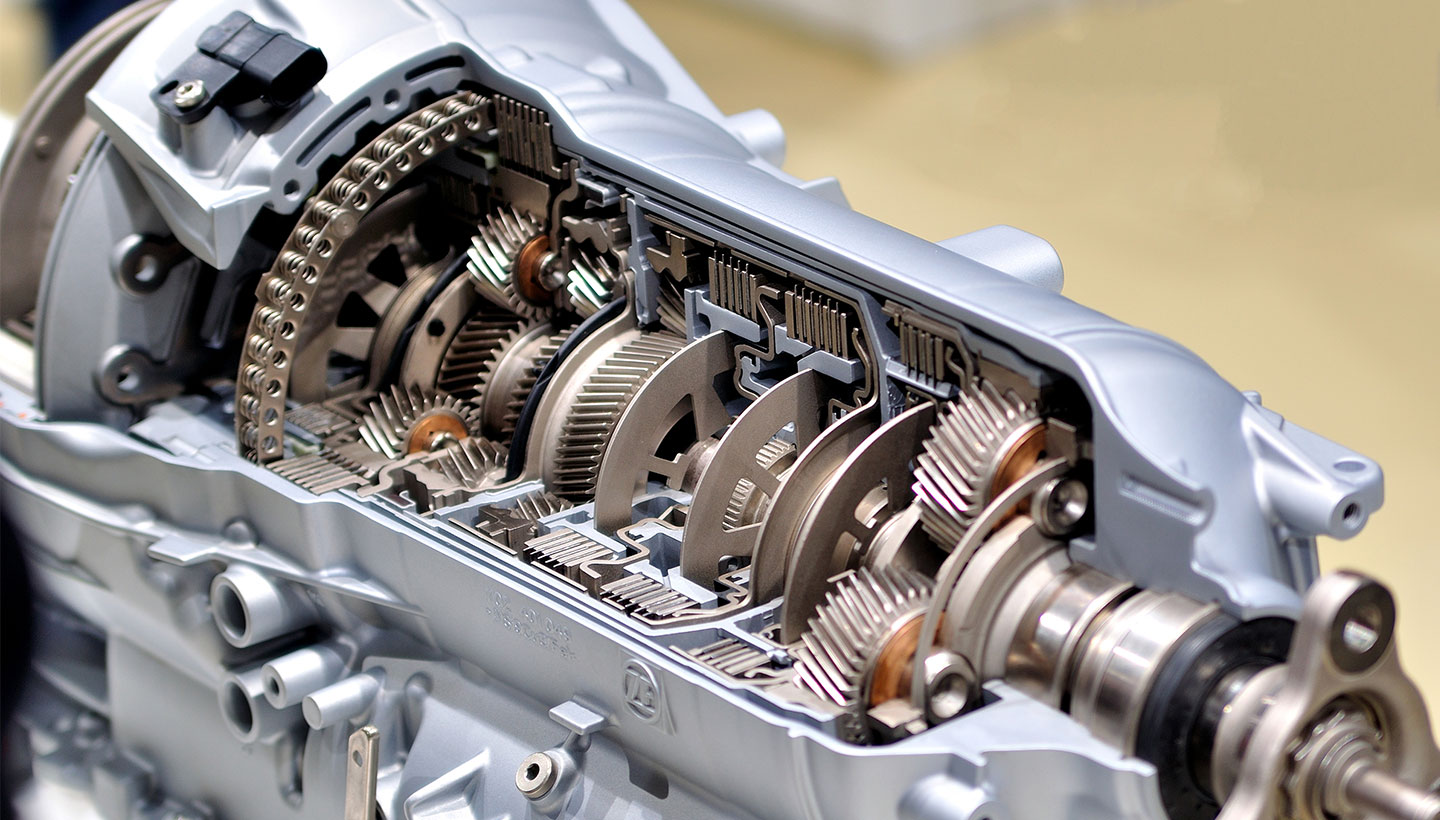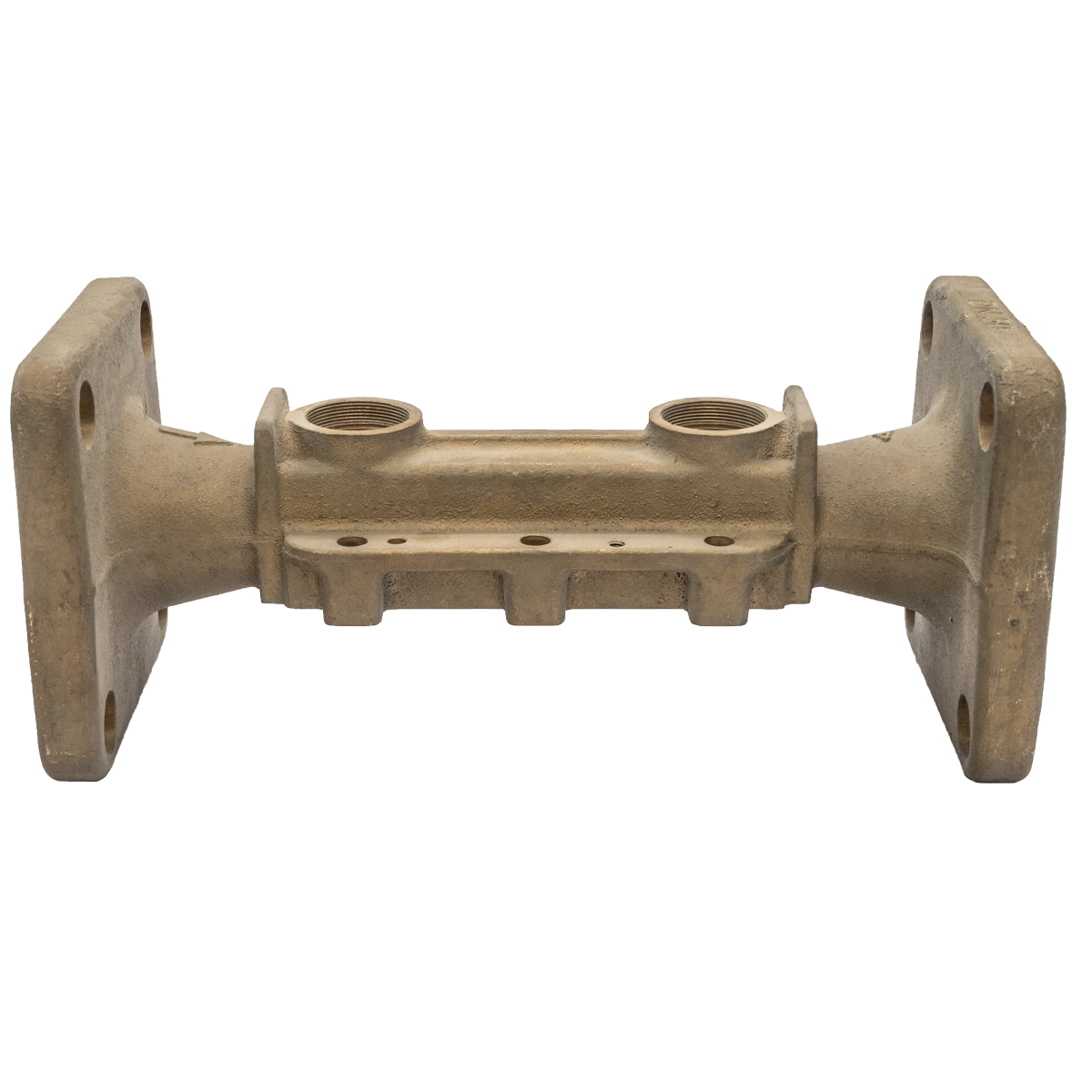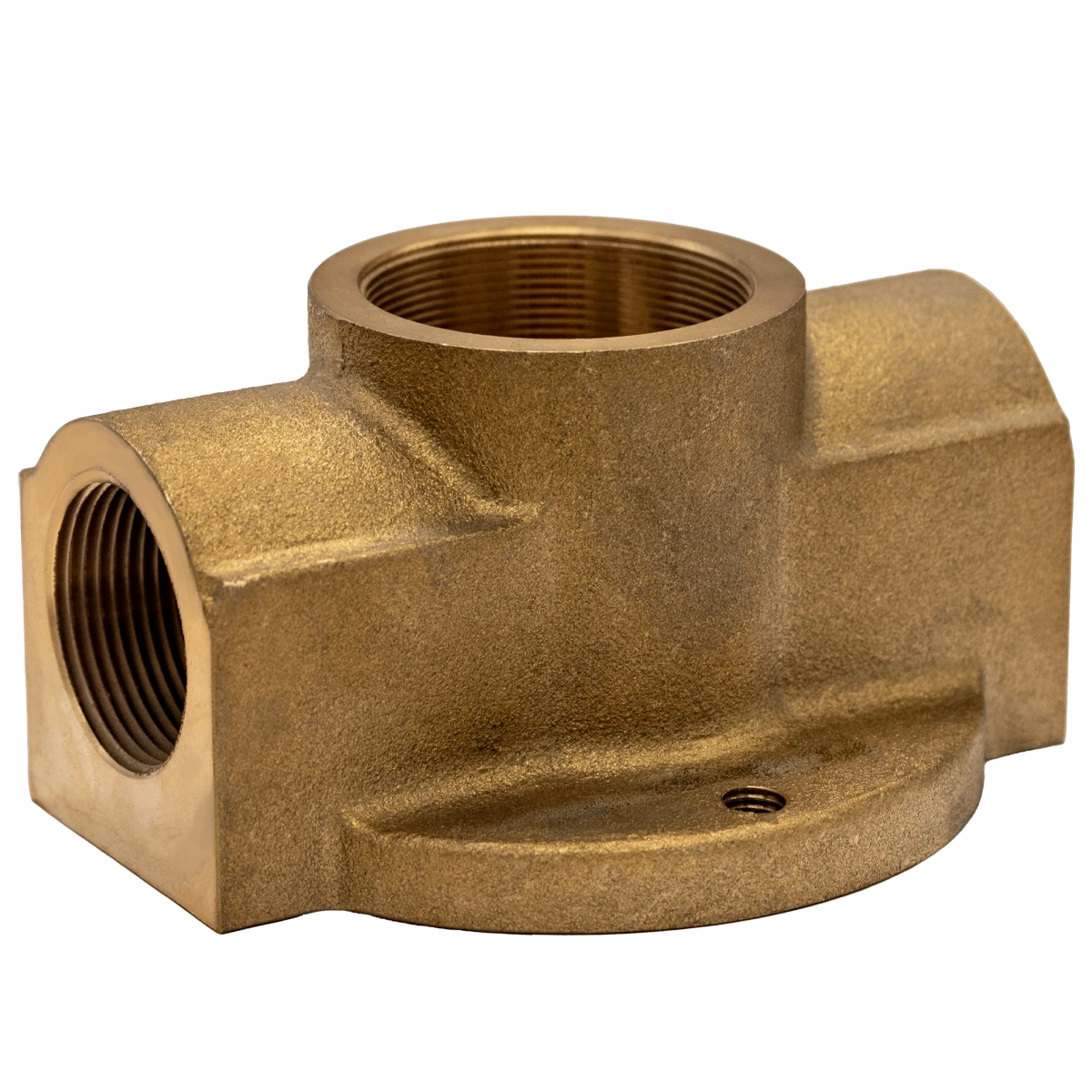Mobile:+86-311-808-126-83
Email:info@ydcastings.com
English
Premium Super Expensive Metals Ideal for Duplex & Low Melt Casting Solutions
- The defining characteristics of ultra-premium metallic materials
- Technological superiority in high-performance alloy manufacturing
- Comparative analysis of global specialty metal suppliers
- Application-specific engineering solutions and customization
- Advanced aerospace components manufacturing case study
- Corrosion-resistant marine systems implementation
- Next-generation developments in specialized metallurgy

(super expensive metals)
Super Expensive Metals: Engineering Materials Beyond Conventional Limits
Industries requiring extreme performance specifications increasingly turn to specialized metallic alloys capable of withstanding unprecedented operational stresses. Super expensive metals occupy this niche, defined by their exceptional durability, corrosion resistance, and thermal stability. A recent market analysis by Allied Metals Research (2023) revealed that global demand for platinum-group super alloys has increased by 17.3% annually since 2020, with industrial applications accounting for 78% of consumption. These materials represent the pinnacle of metallurgical achievement, often costing 30-50 times more than standard industrial metals.
Performance characteristics driving this premium valuation include extraordinary yield strengths exceeding 1,100 MPa, oxidation resistance at temperatures surpassing 1,100°C, and chloride stress corrosion cracking thresholds 15 times higher than conventional stainless steels. Such properties justify their application in mission-critical environments where component failure carries catastrophic consequences. Market projections indicate continued growth at 12.5% CAGR through 2030, particularly for niobium-enhanced superalloys currently dominating aerospace applications.
Advanced Metallurgical Properties Transforming Industrial Applications
Super duplex casting technologies have revolutionized material performance in extreme service environments through sophisticated chemical composition control and specialized heat treatment processes. Modern super duplex grades exhibit pitting resistance equivalence (PRE) values exceeding 45, with critical pitting temperatures above 85°C in chloride-rich environments. These alloys typically contain 25-28% chromium, 6-8% nickel, 3-4% molybdenum, and 0.2-0.3% nitrogen – a composition achieving optimum ferrite-austenite balance.
Simultaneously, low melting point metals for casting applications have evolved beyond traditional lead-tin alloys toward sophisticated bismuth-based systems achieving melting points between 38-170°C. Modern low-melt alloys offer thermal expansion coefficients matched to common engineering materials (9-12 μm/m·°C) and enhanced wetting characteristics – crucial for hermetic seals requiring absolute void-free interfaces. These materials have enabled novel manufacturing approaches in electronics encapsulation, particularly in aerospace electronics where thermal cycling tolerance from -65°C to 215°C is essential.
Market Leaders Comparison
| Supplier | Key Alloy Capabilities | Lead Times | Scale Capacity | Testing Certification |
|---|---|---|---|---|
| SpecialMetals Corp | Inconel grades, Hastelloy | 12-16 weeks | 200 tonne/month | AS9100, NADCAP |
| Precision Castparts | Titanium alloys, Rene series | 18-24 weeks | 500 tonne/month | ISO 9001:2015 |
| ATI Industrial | Nitronic grades, C-276 | 14-20 weeks | 300 tonne/month | API Q1, NORSOK |
| VDM Metals | Alloy 59, AL-6XN | 10-14 weeks | 150 tonne/month | PED, ASME Sec II |
Customization Methodology
Designing bespoke super expensive metal solutions follows a rigorous four-phase methodology: (1) application environment mapping, (2) digital simulation modeling, (3) prototype validation, and (4) full-scale qualification. The process begins with comprehensive chemical exposure profiling – including chloride concentrations, pH variability, and mechanical stress vectors. For turbine blade applications requiring specialized super alloys, this assessment phase typically identifies 35-50 critical operational parameters requiring material optimization.
Phase two employs finite element analysis (FEA) to simulate material behavior under extreme conditions, identifying potential failure points six months before physical prototyping. Advanced manufacturers now integrate computational thermodynamics with FEA modeling to predict phase precipitation behavior during casting – a critical factor in preventing sigma phase formation in duplex stainless steels that can reduce toughness by up to 40%.
Aerospace Turbine Component Fabrication
A major propulsion system manufacturer required replacement turbine blades capable of sustaining rotational forces exceeding 1,600 MPa at operating temperatures approaching 1,150°C. The solution utilized nickel-based superalloy IN738LC investment castings with integral cooling channels exhibiting wall thicknesses as narrow as 0.3mm. The manufacturing approach required specialized ceramic core technology and directional solidification processes achieving grain orientation tolerance within ±3° of design specifications.
Component performance exceeded requirements by 27% in accelerated fatigue testing – with service life projections extended to 35,000 flight hours versus the previous 24,000-hour standard. Metallurgical analysis revealed the engineered solution achieved superior oxidation resistance through optimized aluminum content (5.9-6.2%) and precise MC carbide distribution density controlling grain boundary migration. The component redesign contributed to fuel efficiency improvements up to 6% due to 200°C higher operating temperatures.
Marine Propulsion System Implementation
A naval engineering project required seawater pump impellers resisting cavitation erosion in variable salinity environments while maintaining dimensional stability within 0.01mm during thermal transients. The solution incorporated super duplex casting (ASTM A890 Grade 6A) with controlled ferrite content between 45-55%, requiring specialized heat treatment at 1,120°C followed by accelerated quenching achieving >50°C/sec cooling rates.
Field results exceeded expectations after 18 months operational deployment: zero measurable material loss versus previous 8mm/year erosion rates in standard stainless constructions. Additional improvements included 30% weight reduction and elimination of galvanic corrosion issues. Post-deployment analysis identified superior pitting resistance attributed to balanced nitrogen (0.28%) and molybdenum (3.7%) composition that maintained PRE values above 48 throughout manufacturing.
Emerging Innovations in Super Duplex Casting and Low-Melt Alloys
The evolution of super expensive metals
continues through novel processing techniques including additive manufacturing of complex super duplex structures and computational alloy design methodologies. Emerging production technologies enable functionally graded components with composition varying by location – achieving specialized surface properties while maintaining structural integrity. Current research demonstrates potential to reduce super duplex casting costs by 18-22% through optimized thermal cycling during solution annealing.
Simultaneously, low melting point metals for casting applications are developing enhanced functionalities – including electrically conductive gallium-based systems maintaining conductivity within 5% of copper alloys while melting below 60°C. These materials demonstrate particular promise for demountable thermal joints in semiconductor test fixtures where repeated cycling reaches 3,000+ cycles without performance degradation. Field trials confirm new low-melt formulations achieve bond strengths exceeding 20 MPa while maintaining disassembly characteristics critical for maintenance operations.

(super expensive metals)
FAQS on super expensive metals
Q: What are super expensive metals used for in industry?
A: Super expensive metals like platinum, rhodium and iridium are crucial for specialized applications where extreme durability and resistance are required. They're primarily used in aerospace components, advanced medical implants, and high-precision laboratory equipment. Their scarcity and complex extraction processes drive their premium pricing.
Q: What makes super duplex casting superior to standard casting methods?
A: Super duplex casting combines austenitic and ferritic structures creating exceptional strength and corrosion resistance. This process yields materials that withstand extreme pressures and corrosive environments far better than conventional alloys. It's particularly valuable for offshore oil equipment and chemical processing plants where failure isn't an option.
Q: Why choose low melting point metals for casting applications?
A: Low melting point metals like tin, lead and zinc alloys enable intricate detail reproduction with minimal thermal stress during casting. They require less energy to process and allow faster production cycles compared to high-melting alternatives. These metals are ideal for decorative items, electrical components, and rapid prototyping applications.
Q: Can super duplex casting incorporate super expensive metals?
A: Yes, super duplex processes can integrate precious metals like palladium or ruthenium to enhance corrosion resistance in extreme environments. This combination creates ultra-premium alloys for mission-critical applications like deep-sea valves and nuclear reprocessing systems. However, material costs become exceptionally high due to the rare metal content.
Q: What safety advantages do low melting point metals offer during casting?
A: Low melting metals significantly reduce risks of thermal burns and fire hazards during foundry operations. Their lower vaporization points minimize toxic fume production compared to metals requiring 1000°C+ temperatures. This makes them safer for educational settings, small workshops, and detailed jewelry manufacturing processes.
-
Materials Used in Manufacturing Cap End Pipe FittingsNewsNov.24,2025
-
Material Properties of CF8M CastingNewsNov.24,2025
-
How to Inspect Pump Cap Ends for DamageNewsNov.21,2025
-
Backward Curved Impeller – Efficient Airflow Solutions for Industry | YD CastingsNewsNov.21,2025
-
Automobile Water Pump - Efficient, Quiet, Durable & ElectricNewsNov.21,2025
-
Impeller for Pumps – High-Efficiency, Durable, OEM-ReadyNewsNov.21,2025











